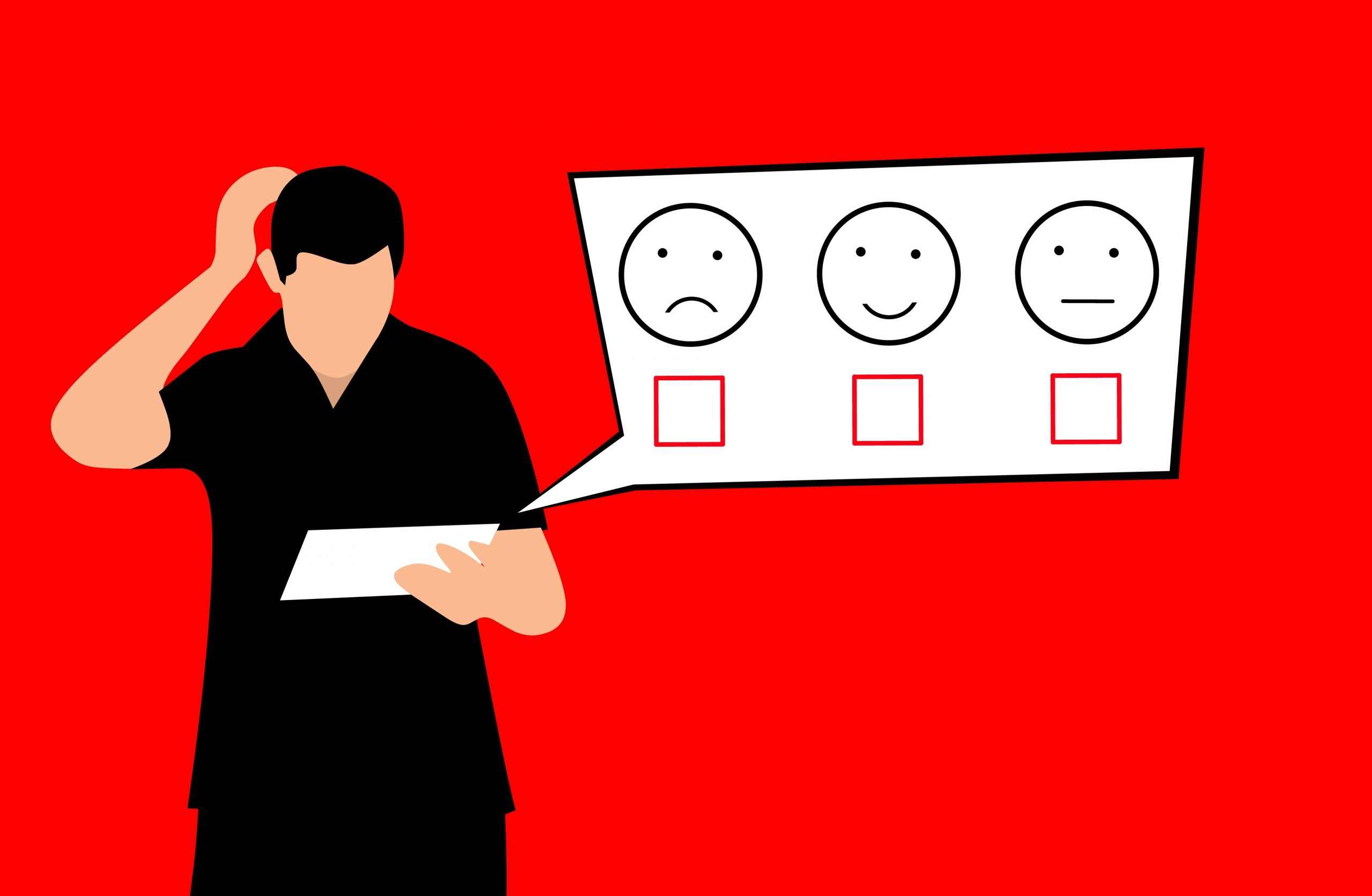How much would you pay to elevate one of your shoppers to a highly loyal customer for life?
Relax, you can keep your mental calculator in sleep mode. We won’t launch into a formula for Lifetime Customer Value, or debate the relative cost of various marketing and operational tactics you employ regularly to impact customer retention and loyalty. Let’s not overcomplicate the answer. Instead, just consider two words: cottage cheese.
I’m asking if it would be worth a container of cottage cheese to gain a customer for life.
If you’re thinking, “It depends… what size?” then may I suggest you use some vacation days and go recharge somewhere. Then please come back and read this.
More likely you’re thinking, “That’s ridiculous. We can’t solidify a customer for life for the price of cottage cheese. It takes far more effort and expense than that.” To this response I offer a survey comment that one of our grocery clients recently received after a customer’s visit. The company had just upgraded an acquired store to its own banner:
“I shopped today about 6 PM for the first time at the new store. I noticed I was over charged on a sale item of cottage cheese. They didn’t give me the difference in price. Your customer service GAVE me the cottage cheese free. You have a customer for life. Good job! Also a young man getting carts in the lot offered to take my trash. I will tell all my friends about your great service.”
Chalk up this lifetime customer – this new brand advocate – to a few simple actions by store personnel: someone at the customer service desk and another in the parking lot. There are some key takeaways that any retailer can learn from this incident.
1. The employee actions were relatively insignificant and could take place in any store, at any time. These “simple acts” made all the difference. Notice the customer did not mention the expanded variety, higher quality fresh food, or other capital improvements in the newly-branded store. What resonated most with her (at least consciously) were the free cottage cheese and the offer to discard her trash.
2. This positive experience actually resulted from an operational shortfall: the item did not scan for the sale price. Retail is not about achieving perfection at store level; that would not be realistic. This customer experienced a problem on her visit, and it was the response to this problem that left her beyond satisfied with the whole experience. The existence of the problem actually created the opportunity to “wow” the customer! Our own CSAT survey data fully validate this phenomenon.
3. The employee at the service desk had the authority to refund the full price of the item, and therefore go one step beyond the “expected” resolution (an apology and a refund of the price difference?). Would a customer-facing employee in your company think to do the same? And if so, would that be allowed? We’ve seen similar situations where a client concedes that although its store employees have the authority to take such actions, they might not know it. So I would recommend you have this conversation within your organization. Make sure your employees know you would approve (and encourage) such a response, even if it “costs” some money… the payoff is worth it.
Of course the general lesson is that little things go such a long way in creating and sustaining customer loyalty. Do your employees understand the value of those little things? Do they see problems as powerful opportunities? Are they empowered to exceed a customer’s expectations?
As a final thought, consider the converse: a little thing can also drive someone away. Customers are fickle like that. We talk to shoppers all the time, and they hold grudges (“Two years ago I had such a rude cashier. I don’t like that store…”). Today there are too many competitive options out there. If you give a shopper a reason to try the new small-format store in town, or buy more groceries at the supercenter, or give Amazon Fresh a try, you may not get a second chance.
So don’t underestimate the value of cottage cheese!
Written by Doug Madenberg, RFG Principal

